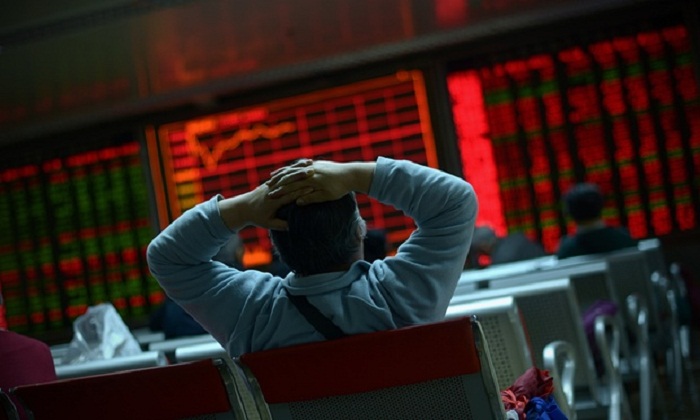While there are several reasons the stuttering rally has persisted, there are also significant doubts over whether it can be maintained.
1. Production deal
Without doubt, the main issue in the market is an excess of production - the result of a bitter turf war between oil powers that has continued despite the ravages the price slump has taken on budgets. Recent talks between Saudi Arabia, the de facto leader of the Opec cartel, and Russia, which led to a tentative deal to stop output rising further, have given hope that the glut may be about to ease.
There was further positive comment from Saudi Arabia yesterday that gave confidence to investors, with a statement saying the kingdom "will always remain in contact with all main producers in an attempt to limit volatility and it welcomes any cooperative action".
2. Supply issues
There has also been some positive movement on supply that has nothing to do with coordinated action. A Reuters estimate put Opec daily production at 32.37 million barrels in February, down by around 300,000 barrels a day, primarily the result of a pipeline problem in the Kurdish region of Iraq.
At the end of last week, Shell and other firms also announced force majeure on a pipeline in another Opec member state Nigeria due to a leak, the Wall Street Journal reports, which could reduce production from the country by 250,000 barrels a day this month.
3. US shale hit
Finally on the supply theme, there is evidence that the main intent of the decision by Opec to keeping pumping at rapid rates over the past year and a half, taming the growth in the US shale oil industry, might be working. Data published last week said production fell to 9.1 million barrels last month, while a report noted another decline in the number of rigs drilling in the country.
4. China demand
On the other side of the rebalancing equation, there are hopes that demand in China will remain high or even grow. These were boosted overnight by the announcement of more monetary policy stimulus in the form of a reduction in the amount of capital banks are required to hold, which should boost lending and liquidity.
As China is the second largest oil consumer in the world and still among the fastest-growing economies, despite a slowdown in expansion, its demand potential is a critical sentiment driver for all commodities – and especially oil.
So will the rally last?
There are definitely more reasons for oil traders - and environmentalists worried about the effect of low prices - to be cheerful and investors are responding. Data from the owner of the New York Stock Exchange yesterday revealed that bullish bets on prices rising in the future are now at their highest since records began in 2011.
But there are many reasons to think that the rally may yet be undermined. First and foremost, the production deal remains shaky and is contingent on other major suppliers talking part. In this context, how to incorporate Saudi Arabia`s regional rival Iran, which is trying to ramp up production since emerging from sanctions, will be a key issue - but the country is currently not even involved in the talks.
Oil currently remains two million barrels a day above demand, while shale production is higher than anyone thought it would be and falling by only small increments. For the rally to push prices back to reasonable levels, it is therefore likely the supply deal talks will need to lead to a firm deal – and perhaps eventually a stronger commitment to cut supply.
More about:
















































